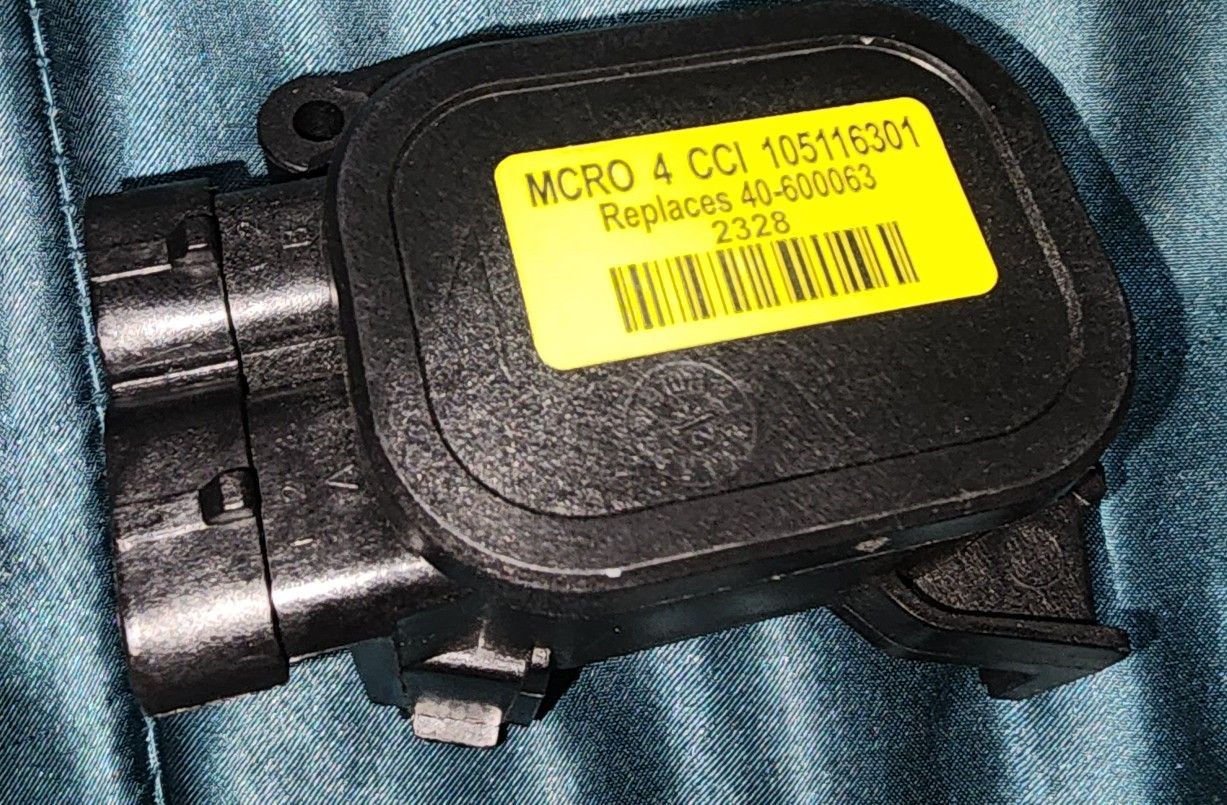-
Shopping Tools
-
Care & Maintenance
-
About
-
Dealer Login

A smooth throttle depends on a clean, accurate signal. The potentiometer translates pedal travel into controller input so your cart accelerates predictably and safely.
On a modern golf cart, the throttle pedal doesn’t feed the motor directly. Instead, it moves a sensor—often a potentiometer (pot for short)—that converts pedal position into an electrical signal the motor controller understands. When that signal is clean and linear, you get smooth, controllable speed. When it’s noisy or out of range, you’ll feel surging, dead zones, or no-go conditions. This guide explains what the pot does, how to spot a bad one, and practical ways to test and fix it at home.
Think of the potentiometer as a “translator” between your foot and the controller:
Symptoms can mimic battery or controller problems, so use the patterns below to narrow it down:
Safety first: Park on level ground, key off, forward/neutral/reverse in neutral, and secure the cart. If you need power for voltage tests, keep wheels off the ground with sturdy stands.
Your fix depends on the style and the test results:
What does a potentiometer do on a golf cart? It converts pedal travel into an electrical signal the controller uses to regulate power and speed.
How do I know if my golf cart potentiometer is bad? Look for surging, dead pedal zones, inconsistent top speed, or “throttle out of range” codes. Confirm with a multimeter: the reading should change smoothly as the pedal moves.
How to fix a potentiometer? Clean or replace the pot/sensor, repair wiring, adjust linkage, and recalibrate the controller if supported. If the resistive track is worn or the sensor drifts, replacement is the reliable cure.
If your golf cart hesitates or surges, start with the throttle signal. A healthy, linear potentiometer (or sensor) is essential for smooth acceleration and predictable control. With a few careful tests and basic maintenance, you can restore factory feel—and prevent small signal issues from becoming big performance problems.
